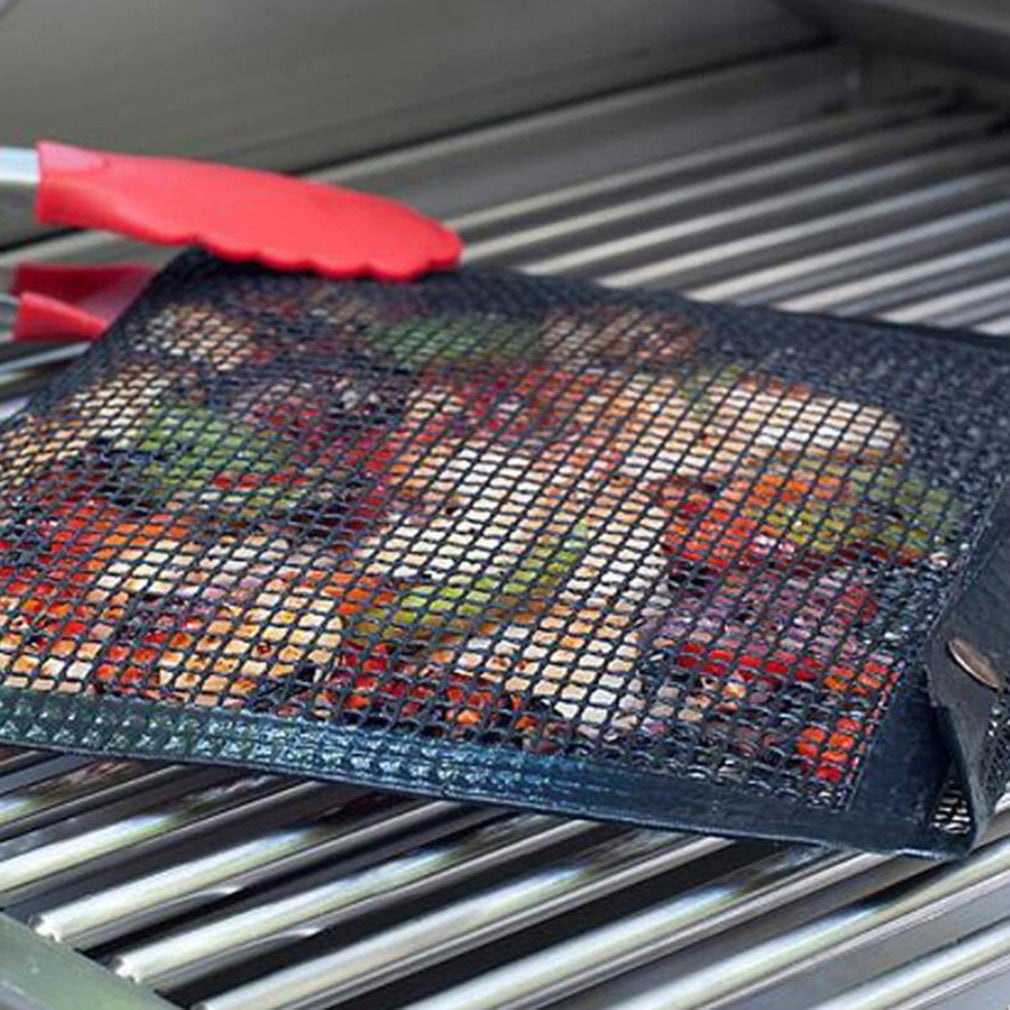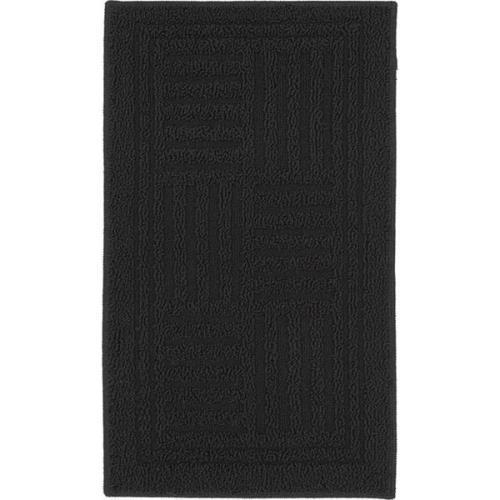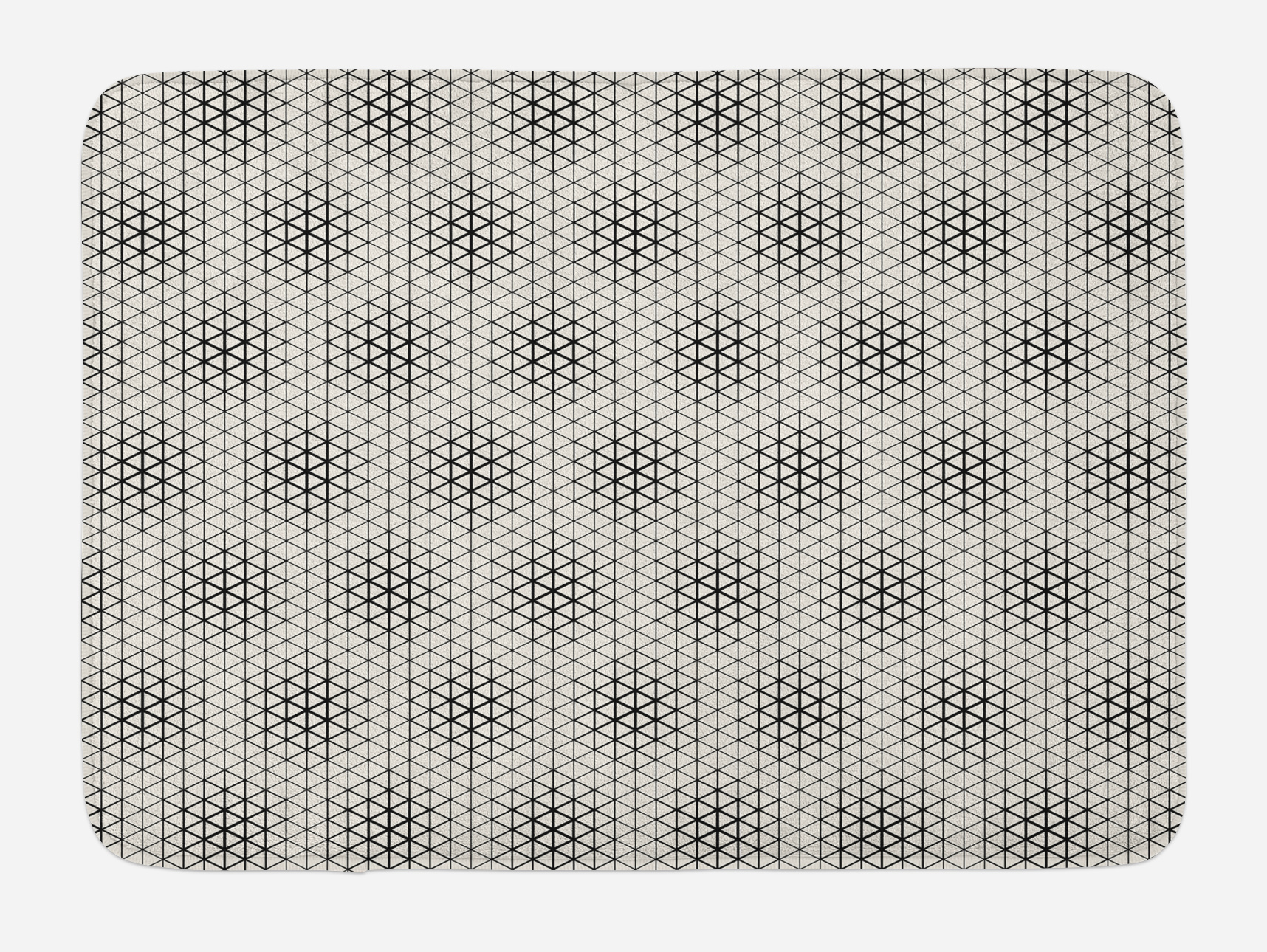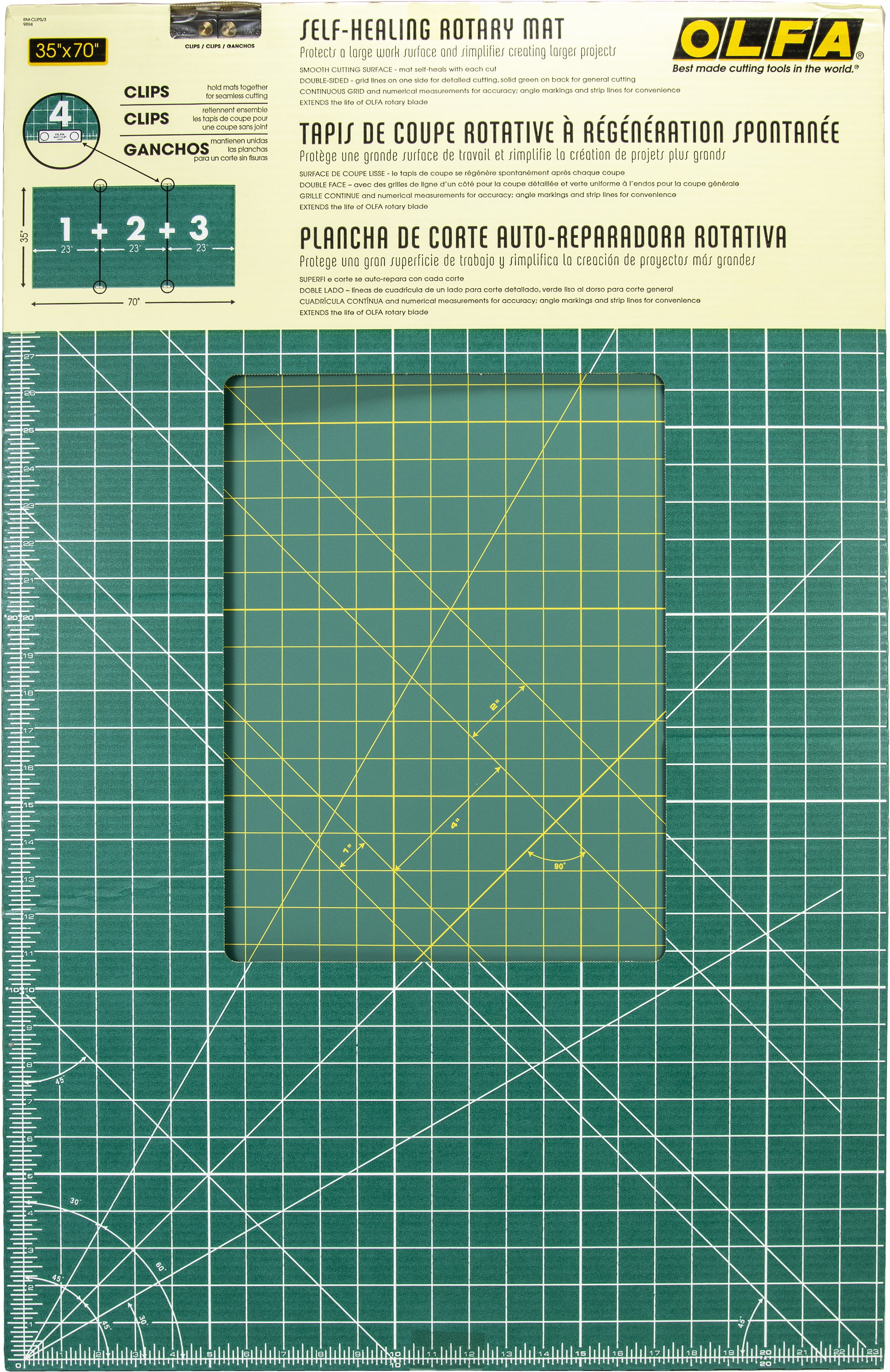
Its important to leave a small amount of room, say 1/32" - 1/16" between the 2-ply board of the adhesive strip and the print to allow some expansion of the print over time. As you have included a 1" border all around the print not even this archival polyester edge touches the printed surface. The adhesive edge sticks to the under-mount while the clear archival polyester edge secures the print in place against the under-mount. Peeling of the protective plastic from the adhesive side place the strips around the print to secure it in place. Then reopen the hinged Matte to expose the print.

Firstly cut 5 to 6 (depending on print size) strips of about 1/2" in length.
GRIDDED MATTING WALMART FREE
These strips are made so half their length contains a 2-ply conservation board and acid free adhesive and the other half a clear archival polyester.

Use see-thru archival mounting strips instead. Don't use any adhesives on the print itself. Now that the print is perfectly placed in the matte you need to secure it. You can tweak the position until it's perfect. Next close over the hinged mount and make sure everything is centred and squared off. It doesn't need to weigh a ton, just enough to keep the print secure. I use a very very soft sock, actually 2 socks one inside the other filled with coins. Not any weight though, something that will not damage the print. Once lined up place a weight on the print. Make one for both the bottom and side that will allow you to line up the print on the under-mount perfectly. To make it easier you can cut guides for each print size from heavyweight photographic paper. If you choose to size the Matte window larger then your print ensure the print itself includes about 1" of white space all around (unprinted paper) to give the mount something to grip. The first step is to open the hinged mount and place the print flat on the under-mount. With this larger window however accurate placement becomes one of the single most awkward steps in the process.Īccurate placement is critical though to ensure the print is centered in the matte window. However for fine art the matte window is typically ¼” or ½” larger. Traditionally you would size the Matte window slightly smaller then the print. When ordering a matte for your print you have a couple of options on window size. These ensure none of the nasty chemicals are transferred to the print from your hands. One very important accessory you will need upfront is a pair of cotton gloves. Matting and framing a print should be carried out swiftly and ensure the print is not left exposed to the elements.īefore you start, make sure you have both plenty of room and everything you will need to mount and frame the print near to hand (and nothing more). This is critical to ensure no dust or dirt reaches the print during the mounting process. I'm gonna go out here on a limb and say hopefully having a clean workspace should be fairly obvious. While I don’t claim that this to be the only approach, I am confident it is grounded in the same principles used for fine art paintings and therefore will maximize the longevity of your printed photograph. Today, I thought I would share my approach to matting and framing my fine art photographic prints with you. However I was very surprised when I started my research that there was very little on the topic of properly matting and framing a print.
GRIDDED MATTING WALMART HOW TO
There is a tremendous amount of information out there on how to produce a great print of your digital image. There are a myriad of options for printing your work today, from canvas wraps to Metal prints, however for me there is something timeless and classic about a finely Matted and Framed print.


I still take great pride in every print I produce. As photographers in the digital age we spend far too much time staring at our photographs on our computer screens and very little time holding them in our hands. The final printed image is the culmination of my journey in creating a piece of artwork that represents my view of the world around me.


 0 kommentar(er)
0 kommentar(er)
